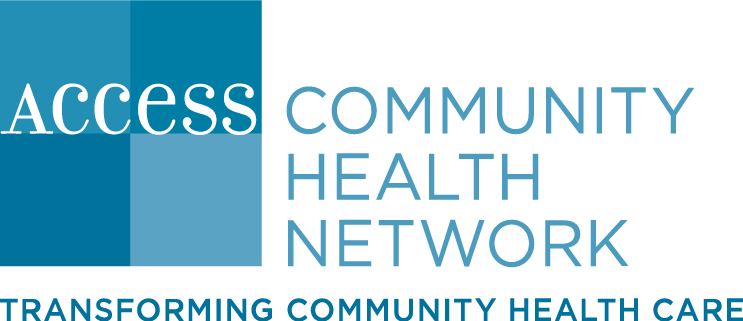How to Do a Breast Self-Exam
One way to detect breast cancer early is by doing a breast self-exam so you can become familiar with the normal look and feel of your breasts and track any changes to bring up to your provider.
REMINDER: A breast self-exam isn't a substitute for a breast exam by your provider, but it can help you track breast health between mammograms.
Below is a helpful guide to your self-exam.
Begin with a visual examination of your breasts.
Sit or stand shirtless and braless in front of a mirror with your arms at your sides and do the following:
- Face forward and look for puckering, dimpling, or changes in size, shape or symmetry.
- Check to see if your nipples are turned in (inverted).
- Inspect your breasts with your hands pressed down on your hips.
- Inspect your breasts with your arms raised overhead and the palms of your hands pressed together.
- Lift your breasts to see if ridges along the bottom are symmetrical.
Next, use your hands to examine your breasts.
You can do this while lying down or in the shower. When examining your breasts, some general tips to keep in mind include:
- Use the pads of your fingers. Use the pads, not the very tips, of your three middle fingers for the exam. If you have difficulty feeling with your finger pads, use another part of your hand that is more sensitive, such as your palm or the backs of your fingers.
- Use different pressure levels. Your goal is to feel different depths of the breast by using different levels of pressure to feel all the breast tissue.
- Light pressure helps you to feel the tissue closest to the skin
- Medium pressure helps you feel a little deeper
- Firm pressure allows you to feel the tissue closest to the chest and ribs.
Talk to your provider to learn more about the various pressures needed to complete your exam.
- Follow a pattern. To ensure you examine your entire breast, follow the same pattern for each side. Begin near your collarbone and examine that section, moving your fingers toward your nipple. Feel for a lump or swollen lymph nodes in the armpit area.
- Then move your fingers to the next section.
- Take your time.
Determining Your Results.
Before panicking about a lump or a change detected, be aware that your menstrual cycle can affect your breasts. In addition, breasts often feel different in different places and the look and feel of your breasts will change as you age. While it is not a reason to panic, you should make an appointment with your doctor to talk about these changes.
You should make an appointment with your doctor as soon as possible if you notice:
- A hard lump or knot near your underarm
- Changes in the way your breasts look or feel, including thickening or prominent fullness that is different from the surrounding tissue
- Dimples, puckers, bulges or ridges on the skin of your breast
- A recent change in a nipple to become pushed in (inverted) instead of sticking out
- Redness, warmth, swelling or pain
- Itching, scales, sores or rashes
- Bloody nipple discharge
Your doctor may recommend additional tests and procedures including a clinical breast exam, mammogram and/or ultrasound.
Tips:
- Choose the same day of the month to do your breast exam so you can remember and it becomes a routine.
- Avoid discomfort and choose a day when you don’t have your period.
- Ask your doctor for a demonstration. Before you begin breast self-exams, your provider can give you proper instructions and techniques.
If you are uninsured and need help getting a mammogram, ACCESS’ Illinois Breast and Cervical Cancer Program (IBCCP) is available at all ACCESS locations and offers uninsured Illinois women with free to low-cost breast and cervical cancer screenings. Learn more here.
Support your sisters and promote early detection.
Become an advocate and join ACCESS’ Pin-A-Sister®/Examínate Comadre® program to urge the women in your life to schedule their annual mammograms. Share breast health resources with your community by following our Pin-A-Sister®/Examínate Comadre® Facebook page.
Source: Mayo Clinic, Breast self-exam for breast awareness.
As of March 24, 2025
